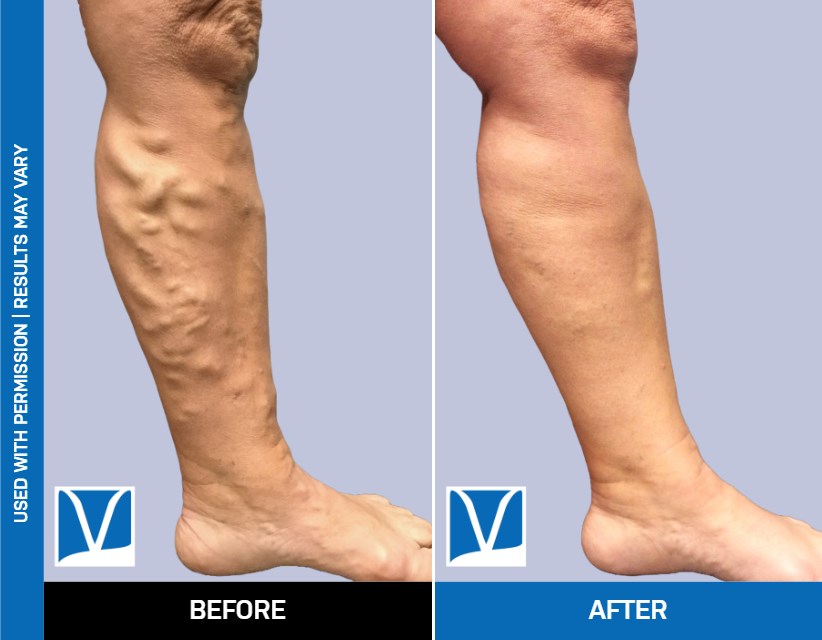People often ask: are varicose vein treatments covered by insurance? Varicose veins, those bulging, sometimes painful veins that often appear on the legs, are not just a cosmetic concern. They can also indicate underlying venous insufficiency, a condition where blood flow in the veins is impaired, leading to various symptoms such as swelling, heaviness, and even ulcers. For those seeking treatment for varicose veins, a common question arises: are varicose vein treatments covered by insurance?
Understanding Varicose Vein Treatment and Venous Insufficiency
Before delving into insurance coverage, let’s briefly understand varicose veins and venous insufficiency. Varicose veins occur when the valves in the veins malfunction, causing blood to pool and the veins to become enlarged and twisted. This can lead to discomfort and other complications like venous leg ulcers or brow itchy skin known as stasis dermatits.
Venous insufficiency is a more serious condition in which the veins have difficulty returning blood to the heart, often resulting in symptoms like leg swelling, skin changes, and ulcers. Varicose veins are a common symptom of venous insufficiency, which can lead to significant health issues if left untreated.
Insurance Coverage for Varicose Vein Treatments
When it comes to insurance coverage for varicose vein treatments, the answer isn’t always straightforward. Coverage can vary depending on the type of insurance you have and the specific treatment recommended by your healthcare provider.
Are Varicose Vein Treatments Covered by Public Insurance
For those covered by Medicare or Medicaid, coverage for varicose vein treatments may be available under certain circumstances. Medicare typically covers treatments that are deemed medically necessary, such as those for symptomatic varicose veins or venous insufficiency. However, coverage criteria may vary, and preauthorization or pre-determination may be required with Medicare Advantage programs.
Medicaid coverage for varicose vein treatments also varies by state and may depend on factors such as medical necessity and the specific treatment being recommended. Patients covered by Medicaid should check with their insurance provider to determine coverage eligibility. In Oregon, coverage is more limited than it is in Washington and California for example.
Commercial Insurance Coverage
Individuals with commercial insurance may also have coverage for varicose vein treatments, but again, coverage will depend on factors such as medical necessity and the terms of the insurance policy. Some commercial insurance plans may require preauthorization or pre-determination before approving coverage for varicose vein treatments.
Preauthorization and Pre-determination
Insurance companies check treatment necessity before approving through preauthorization and pre-determination. Your provider submits treatment details explaining medical need. Insurance then reviews and decides coverage. Remember, approval doesn’t guarantee full coverage. Contact insurer to clarify policy terms.
Patient Pay Options
If varicose vein treatments are not covered by insurance or if coverage is limited, many clinics offer affordable patient pay options. These options allow patients to pay for treatment out-of-pocket at a reduced cost, making care more accessible when insurance coverage gaps exist.
Patient pay options vary by clinic but may include discounted rates, payment plans, or financing options to help make treatment more affordable. Patients should discuss payment options with their healthcare provider to determine the best solution for their needs.
Conclusion
Varicose vein treatments are covered by most insurance but it depends on factors such as medical necessity, insurance type, and policy terms. While coverage may vary, options such as Medicare, Medicaid, and commercial insurance may provide coverage for medically necessary treatments. For those without coverage, many clinics offer affordable patient pay options to ensure access to the care they need. It’s essential to consult with your healthcare provider and insurance company to understand your coverage options and make informed decisions about your care. At Inovia Vein we have 6 offices in Oregon and Washington including Bend, Portland, Tigard, Happy Valley and Vancouver.
